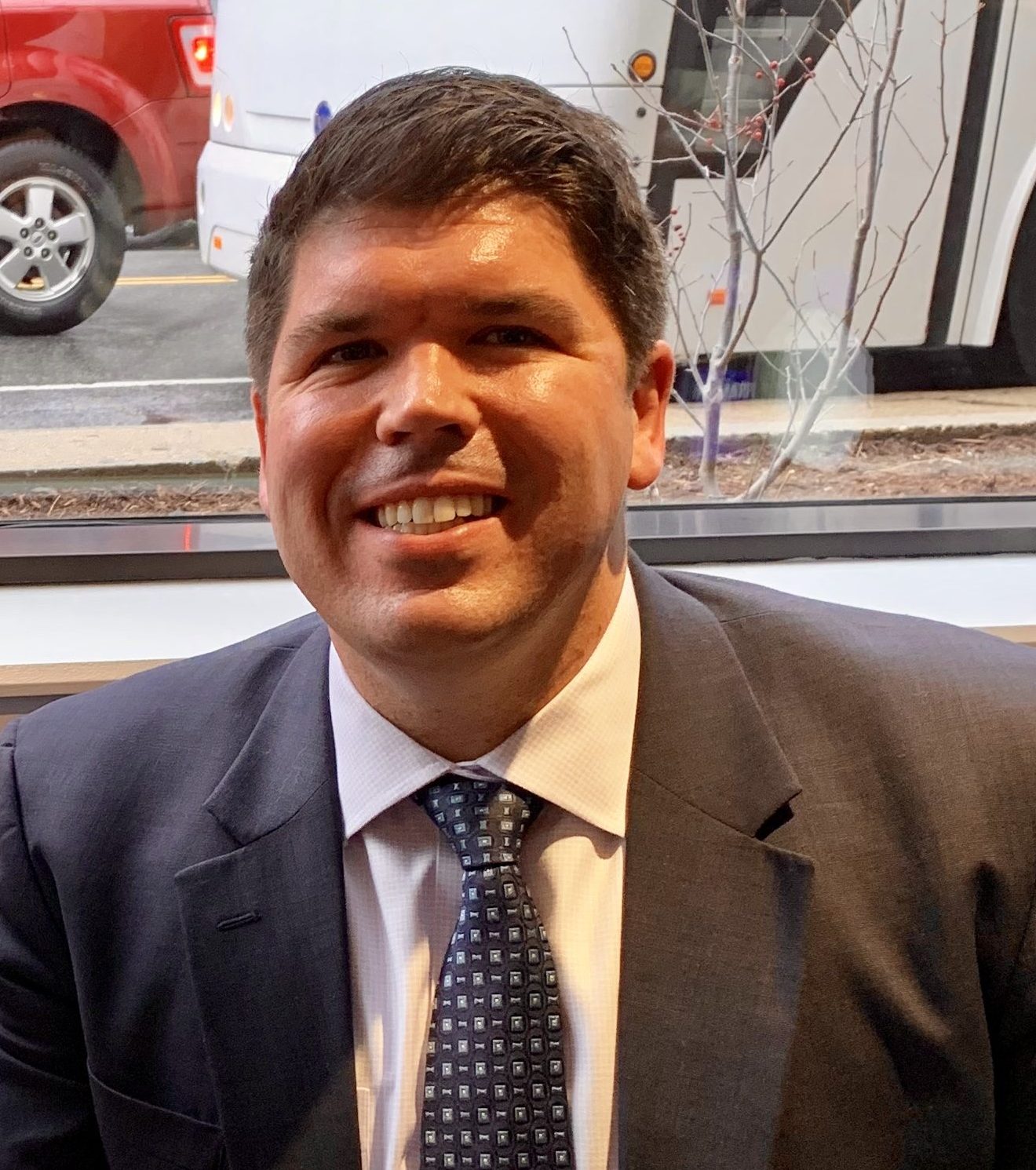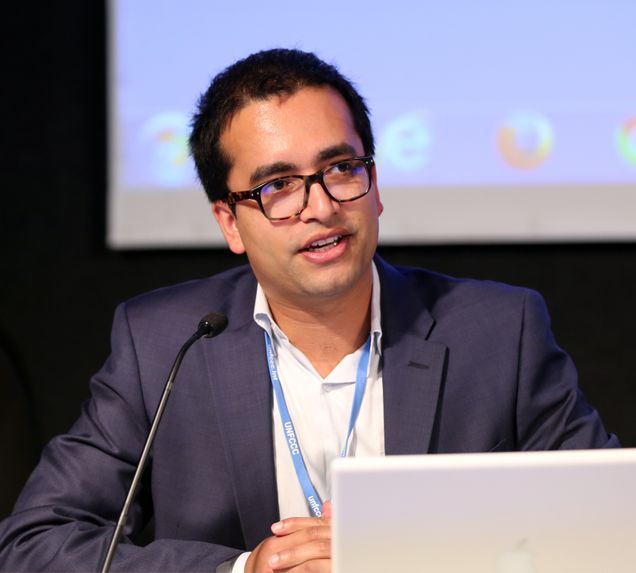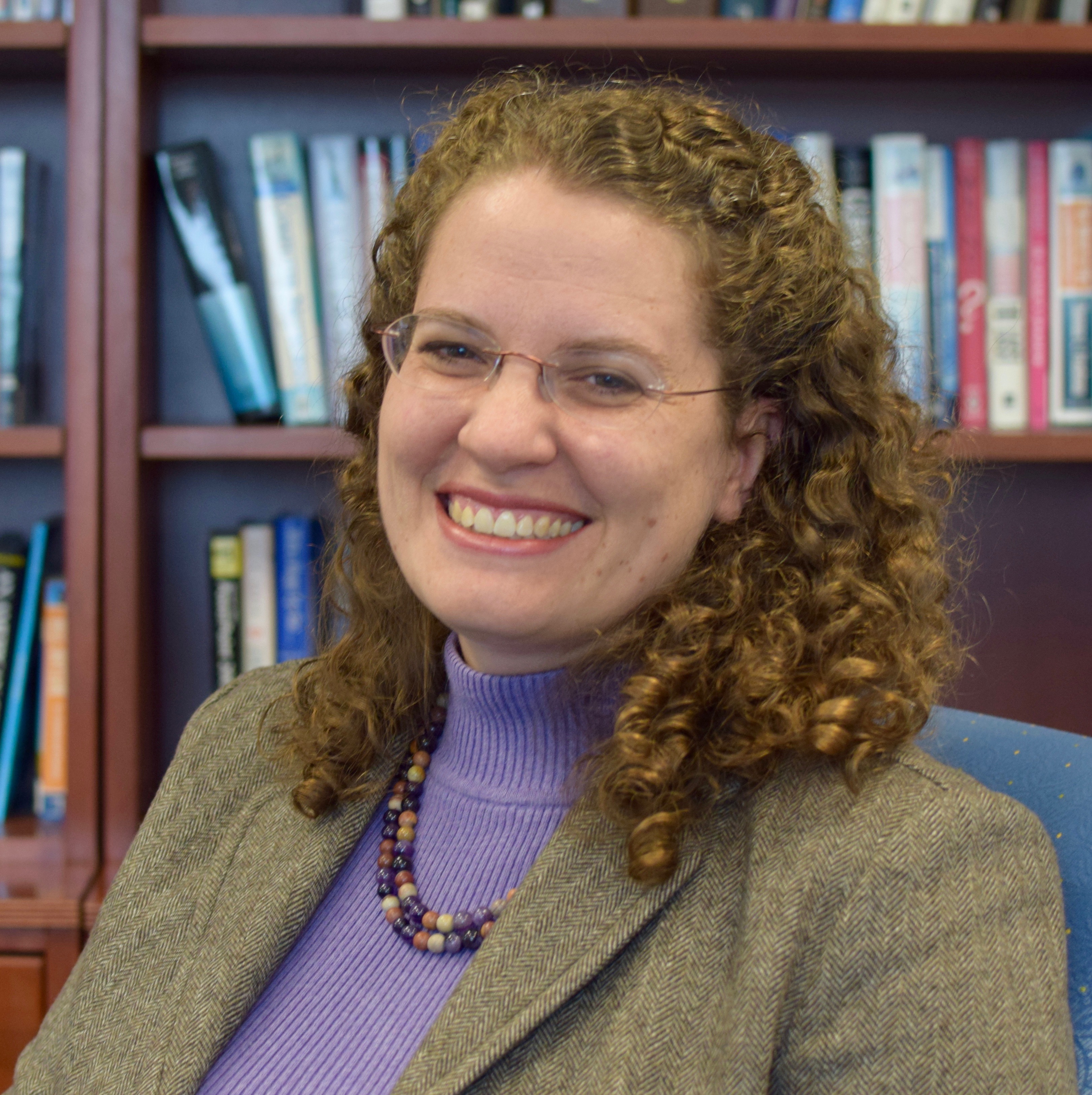Around the Halls: A Year in Review For Global Economic Governance and a Look Ahead to 2022

As 2021 comes to a close and the world faces another year battling COVID-19, experts from our Global Economic Governance Initiative look back on the policy progress – and shortcomings – for the year, and highlight what to keep an eye on for 2022.
Below, read key takeaways on vaccine equity, sovereign debt, global financial stability and more:
Entering Year Three: COVID-19 Vaccine Inequality Perpetuates the Virus
October 2021 marked the one-year anniversary of India and South Africa’s proposal to World Trade Organization (WTO) member countries to temporarily waive parts of the Agreement on Trade Related Aspects of Intellectual Property Rights (TRIPS) in order to facilitate the ramping up of manufacturing of COVID-19 products, especially vaccines.
By May 2021, the United States had joined the ranks of countries willing to engage in negotiations over the specifics of such a waiver, but as of this writing, other WTO members like the European Union, Japan and Australia still stand opposed. Meanwhile, vaccine inequality is egregious. Based on the doses purchased by countries, the percent of adults in high-income countries able to get vaccinated is 245 percent compared to below 40 percent for adults in all other countries, and disparities are growing.
Opponents of the waiver continue to argue intellectual property rights are not really the source of vaccine bottlenecks. Instead, the logistics of distribution, storage and administration; the transfer of advanced vaccine technology to developing country manufacturers; and even (understandable) vaccine hesitancy among developing country populations. Nevertheless, the TRIPS Waiver is the first necessary step toward increasing manufacturing for more widespread access – and it must be followed by rapid technology and know-how transfer, as well as adequate financing.
As the world enters 2022, countries watch as the World Health Organization begins building manufacturing capacity from the ground up. Meanwhile, WTO members face the challenge of negotiating a waiver in good faith and committing to share resources and technology to make COVID-19 vaccines for all.
No More Delay for Debt Relief in 2022
The economic crisis that was brought by the COVID-19 pandemic has been disproportionately borne by low-income countries (LICs). In March 2020 alone, investors pulled $80 billion out of developing countries at the same time as international trade collapsed, pushing dollar-based debt repayment commitments out of reach for many nations. The international community is likely facing the most severe global debt crisis in decades.
But the response has fallen disastrously short. The Group of 20 (G20) developed the Debt Service Suspension Initiative to postpone LICs’ bilateral debt repayments, and the International Monetary Fund (IMF) used the Catastrophe Containment and Relief Trust to help LICs repay IMF debts. Unfortunately, both initiatives met only a tiny proportion of total need and are due to expire imminently. The G20 is expecting to rely on its Common Framework for Debt Treatments, but this initiative has already failed to meet expectations.
With debt and climate vulnerability tightly interlinked, the Vulnerable Group of 20 (V20) released a statement ahead of November’s United Nations Climate Change Conference (COP26) calling for debt restructuring for climate-vulnerable nations, but the much-awaited IMF proposal on climate debt swaps did not materialize at COP26.
In 2022, with the end of the G20 and IMF relief initiatives, barely-contained debt vulnerability will balloon and a more robust response will be urgently needed to help countries attain fiscal stability and increase their ambition. Such an initiative must be available to both low- and middle-income countries, compel private creditor participation and ensure fiscal space for nationally-determined green recoveries.
The Critical Need for an Expanded Global Financial Safety Net
In the aftermath of the 2007-08 global financial crisis, the Global Financial Safety Net (GFSN), a set of institutions and mechanisms that provide insurance against crises and financing to mitigate their impact, evolved considerably as International Monetary Fund (IMF) resources increased, regional finance agreements (RFAs) were expanded and strengthened and bilateral swaps emerged across the globe. However, the COVID-19 crisis has demonstrated that the GFSN needs further coordination, low-income countries (LICs) need more access to crisis finance and the institutional components of the GFSN must rebuild member countries’ confidence in the crisis response capacity of key components.
As the COVID-19 pandemic took root, the United Nations Conference on Trade and Development (UNCTAD) estimated developing countries would need at least $2.5 trillion to combat the virus and protect the most vulnerable people. Yet, despite the needs of LICs and middle-income countries (MICs) for emergency liquidity to combat the virus and manage surging debt levels, countries overwhelmingly have turned to bilateral swaps. Lending via bilateral swaps has far outpaced both the IMF and RFAs in lending to member countries. Even though the IMF has been more active in terms of the number of loans, the Fund has only lent a small share of its overall lending capacity.
Further reform of the GFSN is imperative at a time when advanced economies and China continue to see their economies recover. This accelerated economic growth could lead to interest rate hikes, potentially triggering capital outflows and exchange rate depreciation across LICs and MICs, just as the Group of 20 (G20)’s Debt Service Suspension Initiative (DSSI) is set to expire. This could further exacerbate what is already a divergent recovery between the advanced economies and China, and the rest of the world, as the Omicron variant surges across the globe.
How the IMF Can Better Respond to COVID-19, Climate and Beyond
One of the core activities of the International Monetary Fund (IMF) is surveillance, or overseeing the international monetary and financial system and monitoring the economic and financial priorities of its 190 member countries. In May 2021, the IMF launched a revised guidance on surveillance through the Comprehensive Surveillance Review (CSR) and the Financial Sector Assessment Program (FSAP) review. The 2021 CSR is a major step forward, as it updates the Fund’s responses and policy advice to face macro-critical challenges, such as climate, digitalization, inequality and macro-financial linkages.
Modernizing surveillance requires building technical capacity in the Fund staff, meaning the IMF will need to increase its resources and work closely with international institutions, outside experts and civil society organizations to speed and scale rapidly to respond to the crucial issues, especially climate change. In 2022, the IMF should make significant progress on incorporating climate into its work, and a new Task Force on Climate, Development and the IMF will be producing a suite of technical papers to help inform this process.
Another initiative to follow closely in 2022 is the upcoming review of the IMF’s Institutional View (IV), a coherent analytical framework for providing IMF country advice, on capital flows. The 2012 IMF Institutional View on the Liberalization and Management of Capital Flows was a milestone in providing a coherent approach to guide the Fund’s advice on the use of capital flow management measures (CFMs); however, recent assessments highlight a bias towards capital account liberalization and generic advice on capital account issues. In 2022, the IMF should release cohesive and consistent CFM recommendations that can better support countries seeking to use CFMs to promote financial stability.
Designing a Resilience and Sustainability Trust Climate Vulnerable Countries Can Use
Earlier this summer, responding to urgent calls for global financial support, the International Monetary Fund (IMF) took a bold step in issuing $650 billion in Special Drawing Rights (SDRs) – a historic allocation intended to help countries recover from the pandemic in a sustainable way. However, due to the IMF’s quota-based decision-making structure, most of these SDRs will flow to high-income countries who aren’t experiencing the liquidity bottlenecks that vulnerable countries are and which SDRs can uniquely address.
In response, the Group of 7 (G7) announced they would re-channel $100 billion worth of SDRs to help developing countries mount a green and resilient recovery. The Group of 20 (G20) then took a step further and called on the IMF to set up a Resilience and Sustainability Trust (RST) that could, in part, function as this re-channeling mechanism.
An RST would be vital to help countries cope with the macroeconomic consequences of climate change, whether they be the physical impacts from severe weather disasters, or transition risks involved in moving economies away from decades-long reliance on fossil fuels. However, for the RST to be effective and useable by climate vulnerable countries, it must be designed properly. It should avoid onerous conditionalities, offer broad eligibility to low- and middle-income countries alike and be consistently, and robustly, funded by continued SDR allocations and re-channeling.
According to IMF Managing Director Kristalina Georgieva, the IMF’s proposed design for the RST should be shared in time for the IMF/World Bank Group Spring Meetings in 2022, leaving a narrow window of opportunity to get the design of the RST right.
Development Finance Institutions Expand Green Ambitions
This year saw a momentous shift for development finance institutions (DFIs), many of which made new pledges to end coal finance and shift support to renewable energy. In September 2021, China’s leader Xi Jinping announced China would support more green energy and stop financing new coal projects abroad. As the first developing country and last of the major public financiers of overseas coal to make such an announcement, this announcement was a major step forward in aligning finance with the Paris Agreement goals. Then, a few weeks later, several other nations – including South Africa and South Korea – made similar pledges through their participation in the Group of 20 (G20) Rome Declaration. Now, a recent policy brief by the Boston University Global Development policy Center shows about 99 percent of global DFI assets belong to institutions with pledges to shift from coal to green energy.
The challenge of 2022 will be to put these green ambitions into practice, which will require finance and investment, as well as institutional capacity building and technology transfer.
*
Never miss an update: Subscribe to our Global Economic Governance Newsletter.




